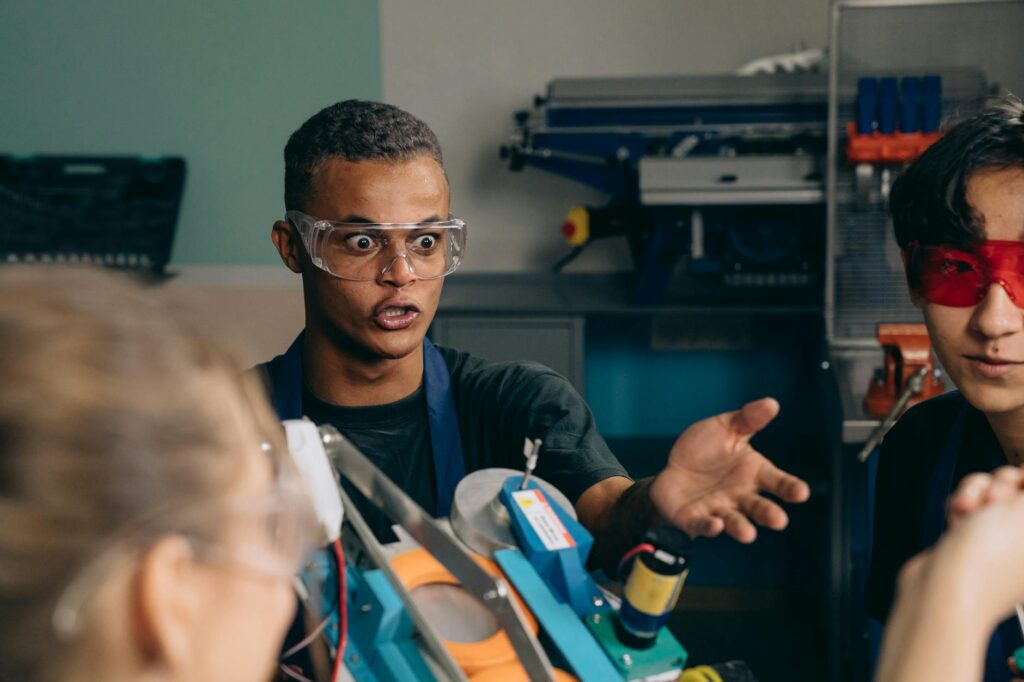What is collaboration tools for productivity?

What is collaboration tools for productivity?
In today’s fast-paced work environment, collaboration tools have become essential for enhancing productivity among teams. These tools allow individuals to communicate, share files, and manage projects seamlessly, regardless of their physical location. As we navigate through this article, I’ll explain what collaboration tools are, the types available, their benefits, and some popular options. By the end, you’ll understand how these tools can transform your productivity and teamwork.
Understanding Collaboration Tools
Collaboration tools are software applications designed to facilitate communication and coordination among team members. They help improve efficiency by providing platforms for sharing ideas, documents, and feedback. In essence, these tools create a digital workspace where individuals can engage in real-time discussions and collaborate on various tasks.
The role of collaboration tools in improving team communication and project management cannot be overstated. They ensure that everyone is on the same page, reducing misunderstandings and enhancing overall workflow. Moreover, collaboration tools enable remote work, making it easier for teams to work together even when they are miles apart.
Types of Collaboration Tools
There are several types of collaboration tools that cater to different needs within teams. Here’s an overview of the main categories:
-
Communication Platforms: These include instant messaging apps and video conferencing tools that allow team members to discuss projects in real-time. Examples include Slack and Zoom.
-
Project Management Software: Tools like Trello and Asana help teams track tasks, set deadlines, and manage project timelines effectively. They provide a visual representation of project progress.
-
File Sharing Services: Solutions like Google Drive and Dropbox enable teams to store and share documents securely. These platforms ensure that everyone has access to the latest files.
-
Time Tracking Systems: Tools such as Toggl help teams monitor the time spent on different tasks, allowing for better resource allocation and productivity analysis.
For a more in-depth understanding of the types of collaboration tools, check out this resource on collaboration tools.
Benefits of Using Collaboration Tools
The advantages of utilizing collaboration tools are numerous. Here are a few key benefits:
-
Enhanced Communication: Collaboration tools enable instant communication, allowing team members to discuss ideas and resolve issues swiftly. This leads to fewer misunderstandings and quicker decision-making.
-
Increased Efficiency: By streamlining processes and providing a centralized platform for collaboration, these tools help reduce the time spent on administrative tasks, allowing teams to focus on what really matters.
-
Time Savings: With features like task assignment, reminders, and real-time updates, collaboration tools help teams stay organized and on track, ultimately saving time.
-
Improved Work Quality: By facilitating collaboration and feedback, these tools lead to higher quality output. Teams can collaborate on projects, incorporate diverse perspectives, and refine their work before finalizing it.
Popular Collaboration Tools for Productivity
Several collaboration tools stand out in the market today, each offering unique features tailored to enhance productivity. Here are some popular options:
Slack
Slack is a communication platform that has revolutionized how teams interact. It allows users to create channels for different projects or topics, making it easy to keep conversations organized. Slack also integrates with various apps, enabling teams to collaborate seamlessly.
Trello
Trello is a popular project management tool that employs boards and cards to help teams visualize their tasks. Users can create boards for different projects and add cards for specific tasks, allowing for easy tracking of progress. Its intuitive design makes it accessible for everyone.
Google Workspace
Google Workspace offers a suite of tools such as Google Docs, Sheets, and Drive that facilitate seamless collaboration. Users can work on documents simultaneously, leave comments, and track changes in real-time, making it ideal for teamwork.
Asana
Asana is a task management tool that assigns tasks to team members and sets deadlines. It helps teams stay accountable and ensures that everyone knows their responsibilities. Asana’s user-friendly interface makes it easy to manage tasks and track progress.
For more detail on these tools, you might find this list of collaboration tools helpful.
Best Practices for Using Collaboration Tools Effectively
To maximize the potential of collaboration tools, it’s crucial to implement best practices. Here are some tips to get started:
Setting Clear Goals and Objectives
Establishing clear goals for your team is essential for effective collaboration. When everyone knows what they are working towards, it’s easier to stay focused and aligned on tasks. Consider using SMART criteria—Specific, Measurable, Achievable, Relevant, and Time-bound—to define your objectives.
Encouraging Team Engagement
Fostering engagement among team members is key to successful collaboration. Encourage open communication, recognize contributions, and create a culture of feedback. This not only enhances teamwork but also boosts morale.
Regularly Evaluating Tool Effectiveness
It’s important to assess how well your collaboration tools meet your team’s needs. Schedule regular check-ins to discuss what’s working and what needs improvement. This will help ensure your tools remain effective and continue to support your productivity goals.
Conclusion
Collaboration tools are indispensable in enhancing productivity within teams. By understanding the various types of these tools and their benefits, you can choose the right ones that fit your team’s needs. Implementing best practices will further amplify their effectiveness. If you’re looking to improve your team’s efficiency, exploring collaboration tools may be the next step in your productivity journey. Don’t hesitate to dive in and see what these tools can do for you!

Photo by Mikhail Nilov